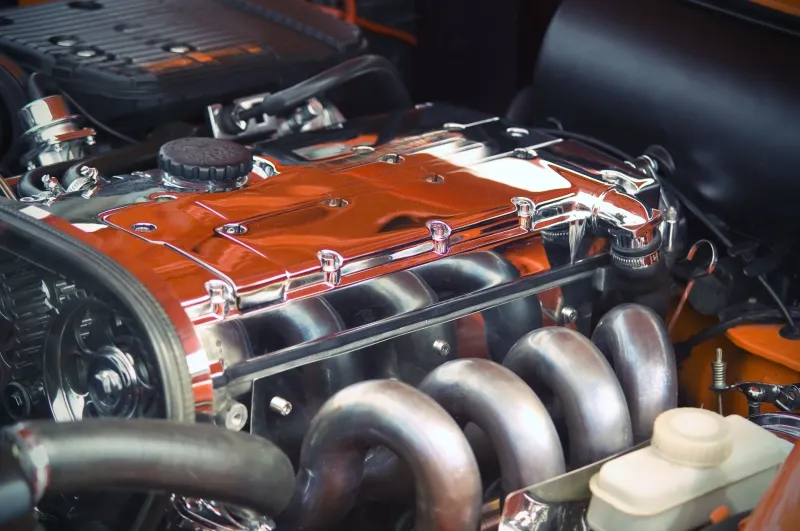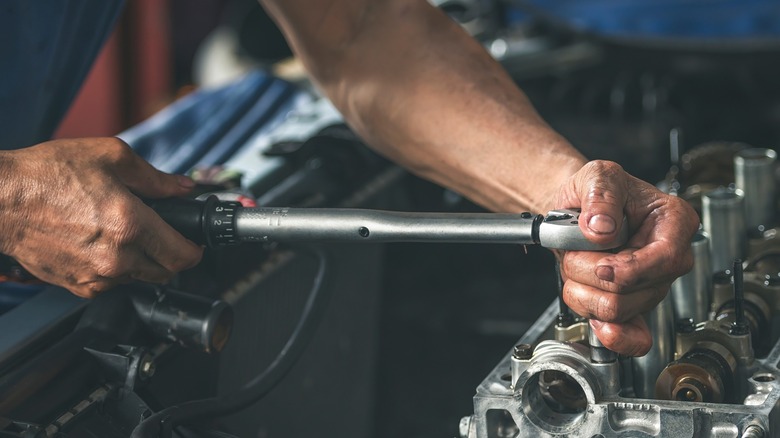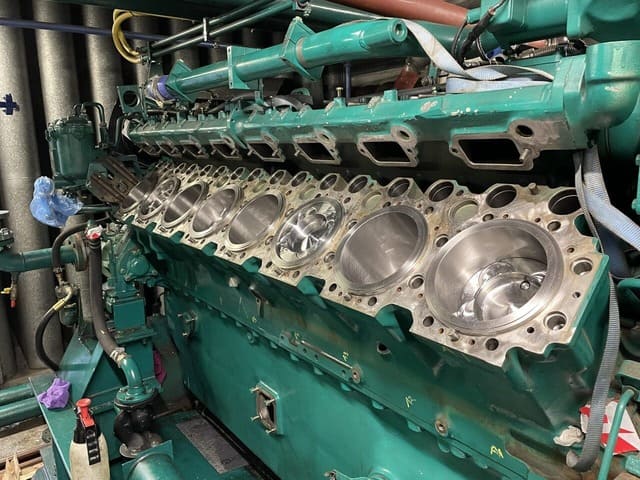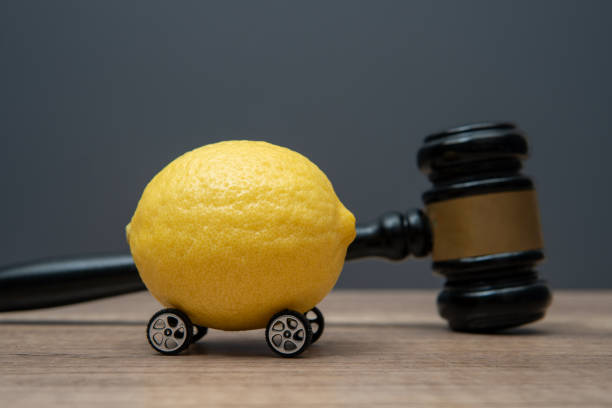Over time, your car’s engine may experience wear and tear that affects its performance, efficiency, and reliability. When repairs are no longer effective, an engine rebuild becomes a smart solution. It’s a cost-effective alternative to engine replacement and can extend the life of your vehicle significantly.
In this detailed guide, we’ll walk you through the complete engine rebuild process, what it involves, when it’s needed, and what benefits it offers.
🧩 What Is an Engine Rebuild?
An engine rebuild involves disassembling the engine, inspecting, cleaning, and replacing worn or damaged parts, and reassembling it to factory specifications. The goal is to restore the engine to like-new condition or improve its performance.
⚠️ Signs You May Need an Engine Rebuild

Before diving into the rebuild process, it’s important to recognize when your engine might need rebuilding:
- 🔥 Excessive smoke from the exhaust
- 💧 Coolant or oil mixing in the engine
- ⚙️ Knocking, tapping, or unusual noises
- ⛽ Poor fuel efficiency and performance
- 🌡️ Overheating issues
- 🧪 Low compression in one or more cylinders
- 🔧 Persistent check engine light and misfires
⚙️ Engine Rebuild vs. Replacement: What’s the Difference?
| Feature | Rebuild | Replacement |
| Cost | Generally more affordable | More expensive |
| Customization | Can upgrade components | Usually stock configuration |
| Turnaround Time | Depends on labor and inspection | Faster if pre-assembled engine |
| Longevity | Like-new performance | Factory-new performance |
💡 Tip: If the engine block is intact, rebuilding is often the best value for money.
🔧 Step-by-Step Engine Rebuild Process
Step 1: Engine Removal
The engine is carefully removed from the vehicle, typically using an engine hoist. All accessories, hoses, and wiring are disconnected.
Step 2: Engine Disassembly
The engine is broken down into individual components including the cylinder head, pistons, crankshaft, camshaft, valves, and timing components.
Step 3: Cleaning & Inspection
All parts are thoroughly cleaned using solvents or a hot tank. The engine block and cylinder head are inspected for cracks, warping, or damage.
Step 4: Machining & Resurfacing
Critical engine components are machined to restore precision:
- 🛠️ Cylinder bores are honed or bored
- 🔩 Crankshaft journals are polished or ground
- 🔧 Valve seats are re-cut
- 🧱 Deck surfaces are resurfaced
Step 5: Replacement of Worn Components
Worn or damaged parts are replaced with new ones. Common replacements include:
- Pistons and rings
- Bearings (main and rod)
- Gaskets and seals
- Timing chain/belt
- Oil pump
- Valve guides and springs
Step 6: Reassembly
All components are carefully reassembled in the correct order with proper torque specifications. The rebuild includes precise timing, lubrication, and sealing.
Step 7: Reinstallation & Testing
The rebuilt engine is installed back into the vehicle. After setup, a test run is done to ensure:
- Proper oil pressure
- Compression in all cylinders
- Smooth idling and acceleration
- No leaks or unusual noises
🛠️ Tools & Equipment Needed

A professional rebuild requires tools such as:
- Engine hoist and stand
- Torque wrench
- Micrometers and calipers
- Piston ring compressor
- Valve spring compressor
- Dial indicator
- Cleaning tank or parts washer
💵 Engine Rebuild Cost Breakdown
| Service/Parts | Estimated Cost (USD) |
| Engine disassembly | $300 – $600 |
| Machine work | $500 – $1,000 |
| Replacement parts | $500 – $1,500 |
| Labor (reassembly) | $800 – $2,000 |
| Total Average Cost | $2,000 – $5,000 |
⚠️ Costs vary depending on vehicle type, engine size, and whether you do it yourself or hire a shop.
🏁 Benefits of a Rebuilt Engine
- ✅ Increased performance and reliability
- ✅ Improved fuel economy
- ✅ Less expensive than buying a new engine
- ✅ Custom upgrades (if desired)
- ✅ Extended vehicle lifespan
🧽 Engine Break-In Period After Rebuild
After rebuilding, your engine needs a break-in period to ensure proper seating of new parts:
- 🛢️ Use break-in oil for the first 500–1,000 miles
- 🛠️ Avoid high RPMs and aggressive driving
- 🔧 Change oil and filter after break-in
- 📋 Monitor for leaks, noises, and overheating
FAQs About the Engine Rebuild Process
Q1: How long does an engine rebuild take?
It typically takes 1 to 3 weeks, depending on parts availability and machine shop turnaround.
Q2: Is rebuilding an engine better than replacing it?
Rebuilding is often more affordable and allows customization, but if the engine block is severely damaged, replacement may be better.
Q3: Can I rebuild an engine myself?
Yes, if you have the skills, tools, and patience. However, precision machining and assembly are critical.
Q4: Will a rebuilt engine last as long as a new one?
If rebuilt properly, yes. Many rebuilt engines last 100,000–150,000 miles or more.
Q5: Does rebuilding an engine reset mileage?
No. The vehicle’s odometer remains the same, but the engine itself is considered “like new.”
Q6: Can I upgrade performance during a rebuild?
Absolutely. Many use rebuilds as a chance to install performance cams, pistons, or ported heads.
Q7: What’s the difference between a short block and long block rebuild?
A short block includes pistons, crankshaft, and block. A long block adds heads, camshaft, and valve train.
Q8: Is a rebuilt engine reliable?
Yes — if done by a skilled technician or reputable shop, it can be as reliable as a factory engine.
✅ Conclusion: Is an Engine Rebuild Worth It?
If your engine is showing signs of serious wear but the vehicle is otherwise in good condition, a rebuild is a smart investment. It restores performance, saves money, and gives your car a new lease on life. Whether you’re rebuilding for longevity, performance, or both, understanding the engine rebuild process helps you make informed decisions and avoid costly mistakes.




